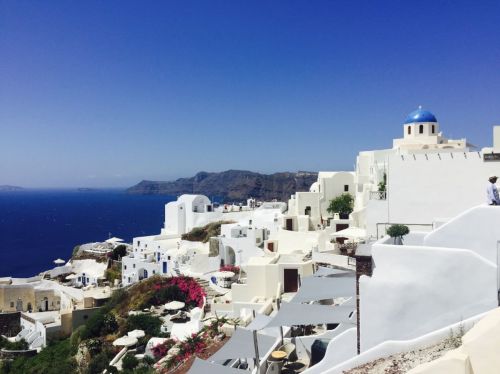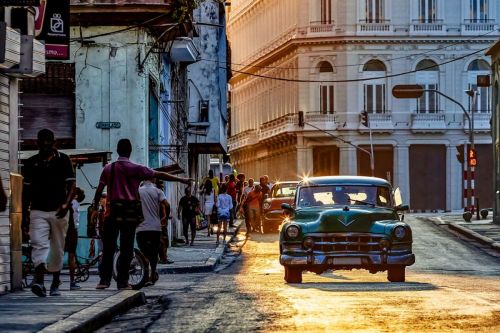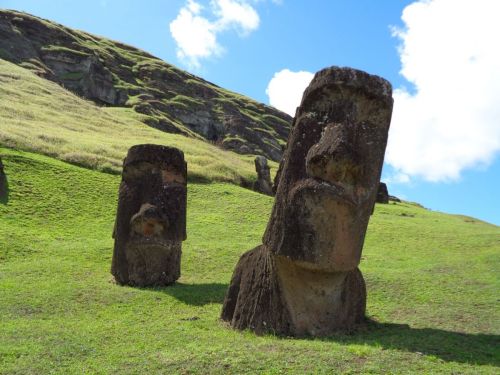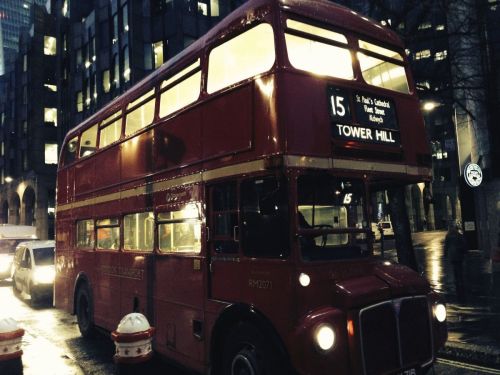Sri Lanka is an island country in the Indian Ocean. Previously, until 1972, both the country and the island on which it lies were known to the world as Ceylon.
It is a country of many cultures, languages, and ethnic groups. About twenty-two million people live there, most of whom are Sinhalese, followed by the country’s largest minority, the Tamils.
Sri Lanka, also known as the “Tear of India” or the “Granary of the East” is a country with centuries of history. Its geographic location has always made it an important strategic and trading center known in East Asia, as well as in Europe, whose representatives controlled the island for a number of years and made it a colony.
It is located about 50 kilometers southeast of India, from which it is separated by the waters of the Palk Strait and the Gulf of Mannar.
Its area covers 65,600 square kilometers. It is the twenty-fifth largest island in the world by area.
It is a tectonic plate that spans the Indian Peninsula, the Arabian Sea, the Bay of Bengal, and a small part of the Indian Ocean. Together with the Australian plate, it forms the Indo-Australian plate.
In the Paleogene (the oldest period of the Cenozoic era), a deep tectonic trench was formed, which separated Ceylon from India.
According to Hindu mythology, there was a land bridge between India and Sri Lanka. Today, there is only a chain of limestone islets called Adam’s Bridge, Rama Setu, or Rama’s Bridge, and geological evidence suggests that it is a former land link between the island and the mainland.
It is 48 kilometers long and separates the Gulf of Mannar from the Palk Strait. According to tradition, it is the remnant of a great causeway laid by Rama (one of the incarnations of the god Vishnu, seen in Hinduism as the Supreme God) or animals from his army so that his troops could cross from India to Sri Lanka, where his wife Sita was abducted by the demon Ravana.
According to Muslim legend, the causeway was crossed by Adam, who walked to Adam’s Peak (the island’s fifth-highest peak) on Ceylon, where he stood on one leg for 1,000 years.
It is a lowland country with flat or rolling coastal plains making up 80% of its area. The south-central part of Sri Lanka is occupied by the Central Highlands of Sri Lanka, which are an extension of the Deccan (a substantial highland in the central and southern part of the Indian Peninsula). The core of this area is a high plateau running north to south for about 65 kilometers.
The area encompasses the country’s highest mountains, the highest of which is the Pidurutalagala Peak (Mount Pedro) at 2,524 meters above sea level. The other peaks are Kirigalpotta (2,388 meters above sea level), Totapolakanda (2,357 meters above sea level), Hakgala Mountain (2,169 meters above sea level), Namunukula (2,011.7 meters above sea level), and Adam’s Peak (2,243 meters above sea level).
It is the fifth-highest peak in Sri Lanka, rising to 2,243 meters above sea level. Located in the southern part of the island, it is made of Precambrian gneiss and is pyramidal, its slopes covered with an evergreen subtropical forest.
The peak is considered a sacred place by followers of many religions. The elongated depression of 1.5 meters located atop is considered to be the footprints of Shiva (Hindus), Buddha (Buddhists), Adam (Muslims), and St. Thomas (Indian Christians). As a religious site, Adam’s Peak is the destination of numerous pilgrimages.
It is a botanical garden, adjacent to which extends a strict nature reserve. It is home to the endemic lutungs (leaf monkeys).
A legend from the Ramayana (a Sanskrit epic) says that the place was a garden of delight for Ravana, a demon with ten heads and twenty hands, who kidnapped and imprisoned Sita, Rama’s wife (she was said to have been imprisoned for 14 years in a cave in the nearby village of Sita Eliya).
Most of them are short, but there are 16 major rivers over 100 km long, 12 of which carry about 75% of the average river flow in the entire country.
Sri Lanka’s longest rivers are Mahaweli Ganga (“Great River”), 335 km long, and Malvathu Oya, 170 km long.
The tallest waterfall is the Bambarakanda Falls in the pine forest with a height of 263 meters, making it the 461st highest waterfall in the world.
Sri Lanka lays claim to an exclusive economic zone in the surrounding maritime waters, extending 200 nautical miles - about 6.7 times the country’s land area.
The island is surrounded by numerous coral reefs. The coast has 40 lagoons and 45 estuaries (a coastal basin, into which a river flows, having an open connection with the open sea).
Extending over 7,000 hectares, the island’s mangrove ecosystem played a huge role in dampening the force of the 2004 Indian Ocean tsunami.
Among all flowering plant species on the island, as many as 27% are endemic, and among mammals, endemic species account for 22%. Some ornithologists consider 33 species of birds found in Sri Lanka to be endemic, while others recognize only 27.
Among the rich animal world are Indian elephants, which are the largest mammals there, as well as wild buffaloes, Sri Lankan spotted chevrotain, sloth bears, numerous felines (leopards), and the Indian cobra.
There are many monkey species, including the toque macaque, the gray langur, and the purple-faced langur. Sri Lanka is also home to the largest species of insectivorous bat - the Indian flying fox, (Pteropus medius), also known as the greater Indian fruit bat.
The rivers are home to crocodiles (saltwater crocodile, mugger crocodile), and the Asian water monitor (Varanus salvator) inhabits the banks of lagoons.
In addition, there are 61 wildlife reserves, 4 nature reserves, and 3 strict nature reserves. Protected areas cover nearly 5,000 square kilometers, which accounts for about 7% of the country’s land area.
It is a democratic republic and a unitary state, governed by a semi-presidential system. The country’s legal system is very complex and reflects a variety of cultural influences. Criminal law there is based almost exclusively on British law, civil law is derived from Roman-Dutch law. In special cases, due to ancient customary practices and religion, Sinhala customary law (Kandyan law), Thesavalamai, and Sharia law are followed.
There is evidence of prehistoric human settlements dating back at least 125,000 years. The earliest known Buddhist scriptures from Sri Lanka, known as the Pali Canon, date back to the Fourth Buddhist Council held in 29 BC.
The island was a major trading center known to both East Asians and Europeans in ancient times. In the 15th century, the Portuguese arrived there and controlled the island’s maritime trade, after which they took ownership of part of the island.
In the 17th century, the Dutch and the Kingdom of Canada took control of the island. Dutch possessions were then taken over by the British, who colonized it between 1815 and 1948.
At the beginning of the 20th century, a national independence movement arose, whose action resulted in Ceylon becoming a dominion in 1948. The dominion was replaced in 1972 by the Republic of Sri Lanka.
In 1972, the official name of the state was “Free, Sovereign and Independent Republic of Sri Lanka.” In 1978 it was changed to “Democratic Socialist Republic of Sri Lanka.”
It began in 1983 and ended in 2009 when the Sri Lankan Armed Forces defeated the Tamil militant organization Liberation Tigers of Tamil Eelam (Tamil Tigers).
It is the highest-ranked country in South Asia in terms of development and has the second-highest per capita income in South Asia.
In 2021, it suffered an economic collapse, currency collapse, rising inflation, and a humanitarian crisis.
Sri Lanka is a founding member of the South Asian Association for Regional Cooperation (SAARC) and a member of the UN, Commonwealth, G77, and the Non-Aligned Countries Movement (NAM).
In the 19th and 20th centuries, Sri Lanka became a plantation economy famous for the production and export of cinnamon, rubber, and Ceylon tea. Today, the country’s main economic sectors are tourism, tea exports, clothing, rice production, and other agricultural products.
Elizabeth II visited Sri Lanka for the first time in 1954, five months after her coronation. She was accompanied by her spouse, Prince Philip. During their ten-day stay, the royal couple traveling by royal train visited Colombo, Kandy, Anuradhapura, Polonnaruwa, and Nuwara Eliya.
While in Colombo, the Queen opened the first session of Ceylon’s second parliament. The second time Elizabeth II visited Sri Lanka was in 1981, at which time she witnessed the construction of the Victoria Dam, Sri Lanka’s largest hydroelectric project by a British company.
The most important pilgrimage site for Catholics there for 400 years has been the Shrine of Our Lady of Madhu. Tradition says that the statue of Our Lady of Madhu has the miraculous healing powers of a snake bite.
The city is the business capital and home to diplomatic missions and many government offices. It is also the country’s most important economic center.
One of them is an archaeological site with the ruins of an ancient palace and fortress built during the reign of King Kashyapa I (473-491) on top of the 180-meter Sigiriya rock. The rock is called “Lion Rock” (Sigiriya) because a gate in the shape of a huge lion was built on a small plateau about halfway up the rock. The palace was abandoned after the death of the king. It served as a Buddhist monastery until the 14th century.
Only the foundations of the palace and parts of the fortress have survived to the present day. Mural paintings depicting court ladies and royal concubines have been preserved on the rock walls. A part of the staircase that extends from between two stone lion’s feet has been reconstructed.
There is a legend about the origin of the castle on the “Lion Rock.” King Dhatusena, who ruled Ceylon in the 5th century, had one daughter and two sons - the legitimate one, Moggallana I, who was the heir to the throne, and Kasyapa I, who came from an illegitimate bed.
Kasyapa I did not want to accept the fact that it was his half-brother who was to take over the rule of the island, so he staged a palace coup. He imprisoned and then cruelly killed his father–when the latter refused to reveal to him the location of the royal treasures, Kasyapa I buried him alive. Moggallana I escaped with his life and hid in India.
Kasyapa I became king, but he lived in fear of his brother’s revenge. Therefore, he decided to build his castle on a 180-meter-high rock, accessible only by a staircase. He ruled for eighteen years until 491, when Moggallana I entered the island at the head of a large army, and attacked the usurper. Defeated in battle, Kasyapa I committed suicide by cutting his throat with his own dagger.
It is a Dutch villa built in 1864 and has hosted notable guests including Indira Gandhi, Richard Nixon, Prince Philip, George Bernard Shaw, Mark Twain, Anthony Chekhov, Duke Ellington, Harrison Ford, Ernesto Che Guevara, Steven Spielberg, John Paul II, Adam Asnyk, Yuri Gagarin, Roger Moore, Ursula Andress, Scarlett Johansson, Laurence Olivier, Sting, Sade and others.












